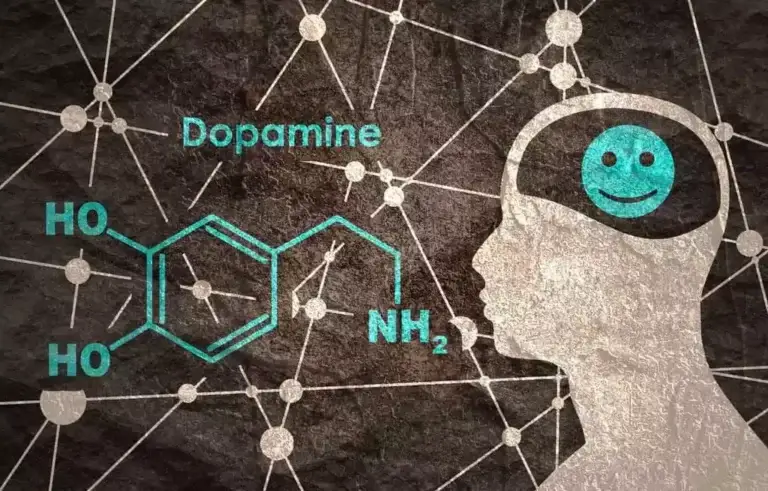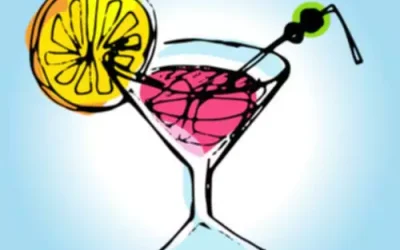Maintaining these units in the manner that those in our care both need and deserve is a great cost to our organization. This combined with surging healthcare costs for employees results in a very narrow profit margin on an annual basis. Fiscal year’s 2018 margin for a 13 million dollar budget is approximately half a percent. The annual acquisition of significant unrestricted funding through donations, grants, and special events is vital as a response to this reality. On the streets, at our Boston Living Center, and across programs, we work to prevent chronic conditions and overdoses. We provide HIV, Hepatitis C, and STI testing and counseling; a healthy meals program; syringe and naloxone distribution; and an array of education, navigation, and support services.
- Aftercare comprises services that help recovering addicts readjust to normal day-to-day Massachusetts activities.
- We follow a low-barrier housing-first clinically driven approach to guide clients towards health and safety.
- We are committed to providing opportunities for people with lived experience to develop the skills and experience they need to achieve their career goals.
Build relationships with key people who manage and lead nonprofit organizations with GuideStar Pro. New Beginning Recovery operates various programs throughout Boston, all built on our strongly held belief that no person who is struggling should be asked to do the hardest thing first, on their own, before they are offered the fundamental support they truly need. Jamaica Plain boasts a rich arts scene and abundant green spaces like the Arnold Arboretum, providing a supportive environment for recovery. Yet, Suffolk County faced an alarming 306 opioid deaths in 2022, with fentanyl present in 50-81% of seized drugs that year.
Prevention
Contingency management is a way to help motivate someone to remain substance free. It is a process New Beginning Recovery – Living & Recovery Community uses which involves rewarding positive choices and good outcomes. As humans we are wired to recreate experiences that lead to positive feelings.
Connect with nonprofit leaders
“I just want to continue.” Giving the individuals that she counsels at The Victory Connector, a low-threshold navigation center in the neighborhood run by the nonprofit New Beginning Recovery, a feeling of care, a sense of calm and peace, is what she aims for each day. Using both legal medications and illegal substances in order to maintain an addiction is substance abuse. If you are taking more of your prescription, or earlier than the prescribed time interval between doses than is directed you may be abusing that medication. If you are obtaining legal medications illegally in or near Jamaica Plain, MA, you may be suffering from substance abuse. We provide high-quality, evidence-based services based on individual needs, offering flexible, strengths-based solutions to people’s biggest challenges. RehabNow.org’s helpline is a private and convenient solution for individuals seeking treatment for addiction or mental illness.
Substance Abuse + Addiction Treatment
Illegal substances can become addictive after a single use and lead rapidly to substance abuse. The professionals at New Beginning Recovery – Living & Recovery Community are here to help. At New Beginning Recovery, we value your time, both at work and in your personal life, ensuring you have the resources and support you need to thrive.
More than half a million Massachusetts residents abuse alcohol while more than 1.5 million use illegal drugs each year. This drug and alcohol usage is the cause of over 8% of all deaths in the state. In 2017, Massachusetts ranked in the top 10 of the states with the highest opioid overdose rates.
This is a type of cognitive behavioral therapy, or CBT, that combines images with thoughts and behaviors. It allows for deeper education and understanding New Beginning Recovery of what one can do to help themselves with recovery. It is a deep sense of self-help education managed by New Beginning Recovery – Living & Recovery Community that lets someone recovering work through issues on their own, knowing they have the support of people around them if they need it. This center offers a variety of custom treatment tailored to individual recovery. Currently available are Aftercare Support, Drug Rehab, Residential, with additional therapies available as listed below.
We have permanent supported housing programs for men, women, and/or families with HIV/AIDS or other disabilities in Mattapan, Boston’s Fenway area, the South End, and Topsfield. New Beginning Recovery opens doors to recovery, hope and community to individuals and families facing homelessness, addiction, or other chronic illnesses, including HIV/AIDS. Aftercare comprises services that help recovering addicts readjust to normal day-to-day Massachusetts activities. Services include individual and family counseling, medications to reduce cravings, and treatment of psychiatric and other medical conditions. New Beginning Recovery provides recovery, health, and housing services through thirty-three buildings in Boston, Cambridge, and now Topsfield, fourteen of which we own.























